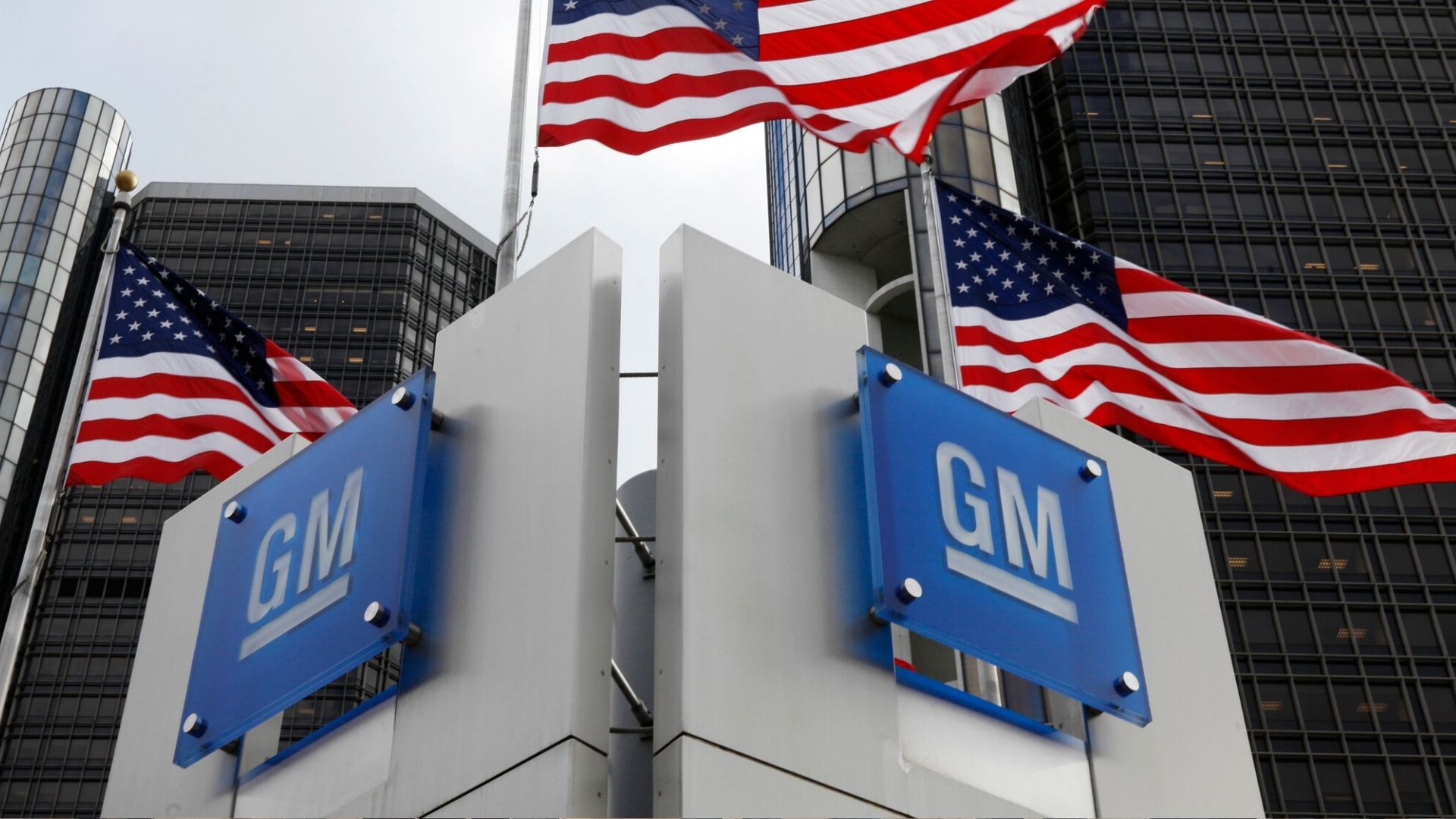General Motors has officially announced the discontinuation of the Chevy Malibu, a classic sedan that has been part of countless road trips and family memories for decades. Along with this major decision comes the unfortunate news that approximately 2,000 workers at the Fairfax plant in Kansas will be laid off, signaling a big change in the automotive landscape.
The Malibu, once a staple of American driveways, will see its production halt in November 2025. Millions of drivers have relied on this model for its affordability, comfort, and dependability. Now, GM has decided to focus its resources on new electric vehicle (EV) models, leaving the Corvette as the only traditional car in the Chevrolet lineup.
Why General Motors is putting an end to the Chevy Malibu after decades on the road
GM’s strategic shift addresses the soaring demand for electric SUVs and trucks. Although the Chevy Malibu remains a popular choice, sedan sales have dipped in favor of larger, more tech-focused vehicles. This market evolution pushes GM to invest heavily in EVs like the next-generation Chevrolet Bolt.
Is this the right move for an ever-changing automotive industry? Many experts believe so, considering the surge in environmental awareness and government incentives for greener transportation.
How the closure of the Fairfax plant could affect thousands of workers and their families
The Fairfax plant in Kansas has been notified of a restructuring plan that will dismiss 1,695 employees. Some might be relocated to other facilities, but the immediate impact is considerable. After all, losing employment in a rapidly changing sector can create uncertainty for families. Below is a short list of potential outcomes for these workers:
- Relocation to other GM facilities
- Early retirement or severance packages
- Possible rehire if new EV production expands
It remains to be seen how many individuals will find comparable opportunities within GM or elsewhere in the automotive field.
What the transition from traditional sedans to EVs means for Chevrolet enthusiasts nationwide
The Chevy Malibu’s departure is part of a larger industry trend. In fact, GM has also announced that the Camaro will soon follow the same path, reinforcing the brand’s commitment to electrification. While enthusiasts may mourn the loss of these classics, GM aims to capture the future of mobility with electric performance vehicles and sporty SUVs.
Here is a brief comparison table highlighting the key differences between traditional Chevy models and the new EV lineup:
| Aspect | Traditional Models | New EV Lineup |
|---|---|---|
| Powertrain | Internal combustion engine | Electric motor and battery |
| Environmental impact | Higher emissions | Reduced emissions |
| Driving range | Gas station dependent | Charging station dependent |
| Maintenance costs | Often higher (engine parts) | Potentially lower |
Will Chevrolet’s focus on SUVs, trucks, and electric vehicles appeal to loyal fans?
GM believes so. The company is betting on technology-packed SUVs, trucks, and EV sports cars to remain competitive in a market where consumer preferences are rapidly evolving. Of course, seeing the Malibu fade away is difficult for those who grew up with its reliability. But, as GM frequently notes, it is “adapt or die” in today’s automotive world.
The definitive end of the Chevy Malibu marks a turning point for General Motors, its workforce, and its loyal customers. Even though it’s sad to say goodbye, the future promises exciting electric models that may redefine the American driving experience.

